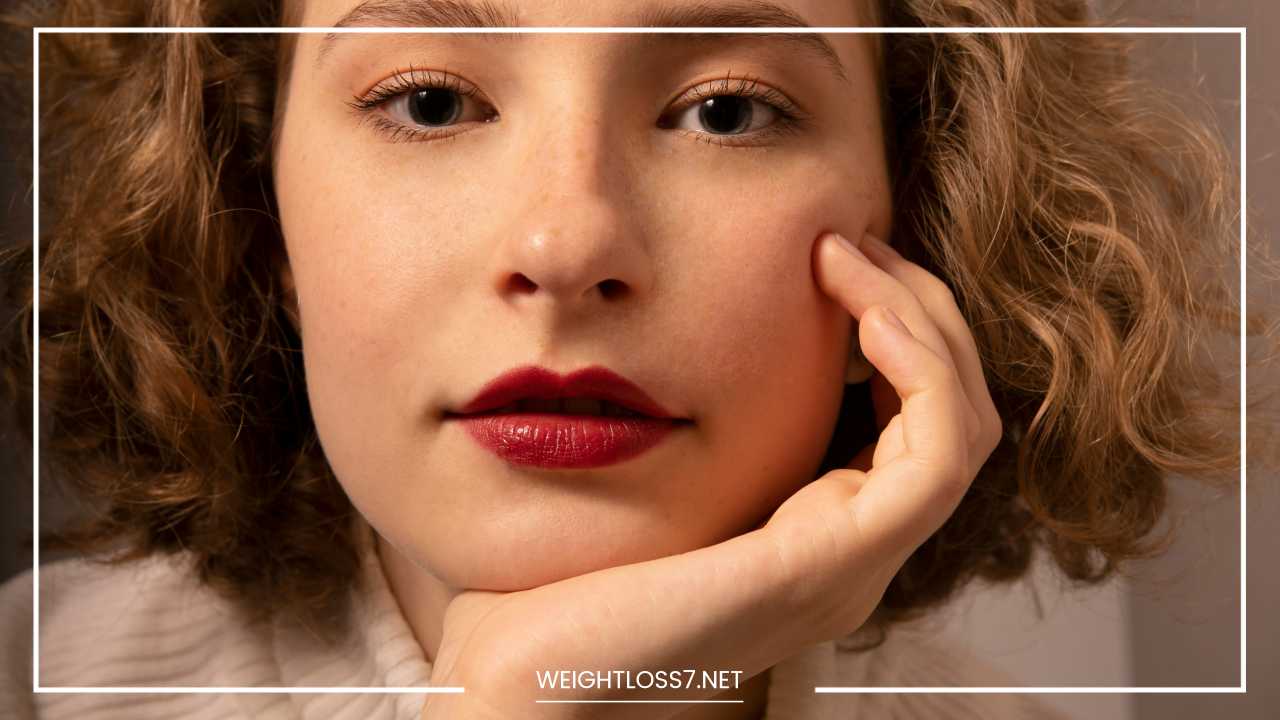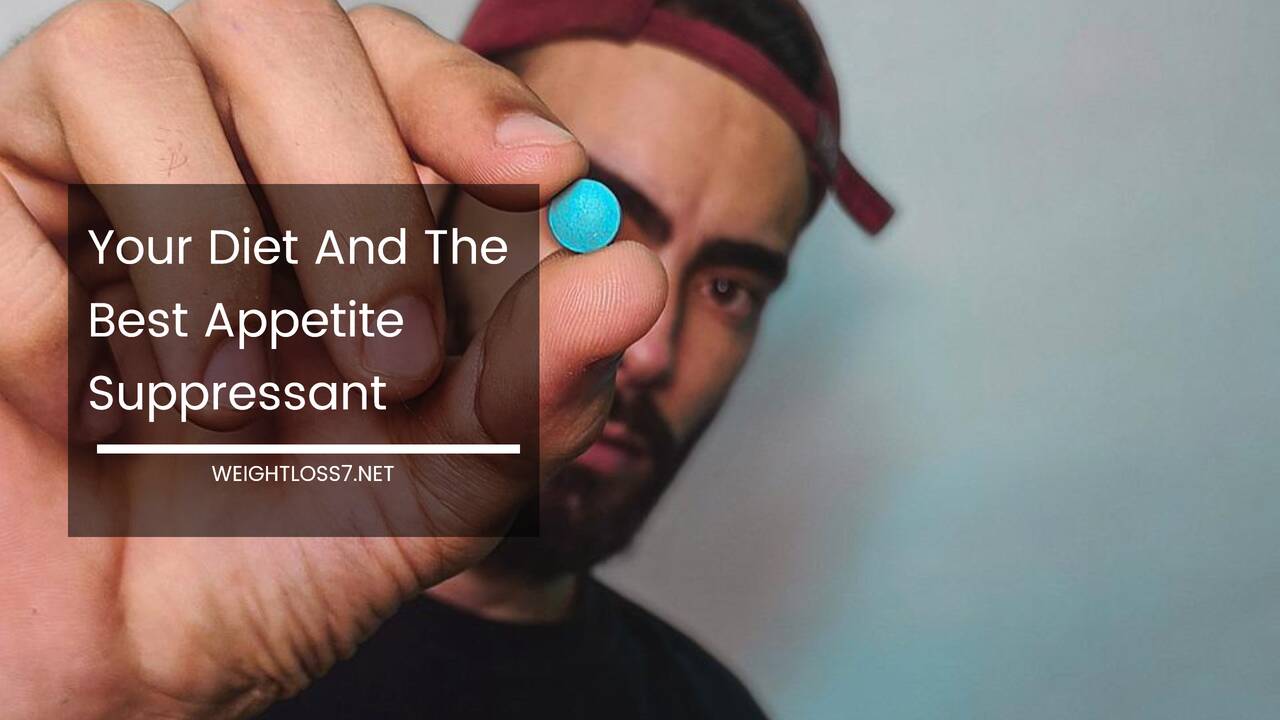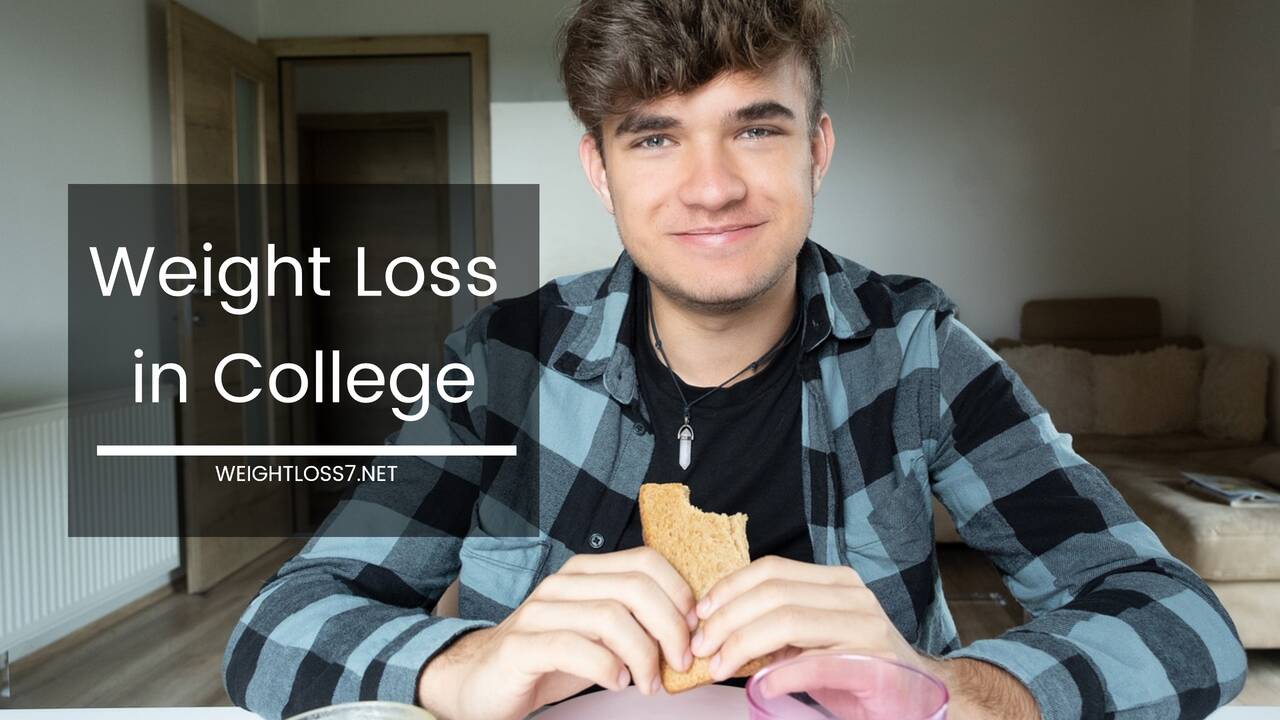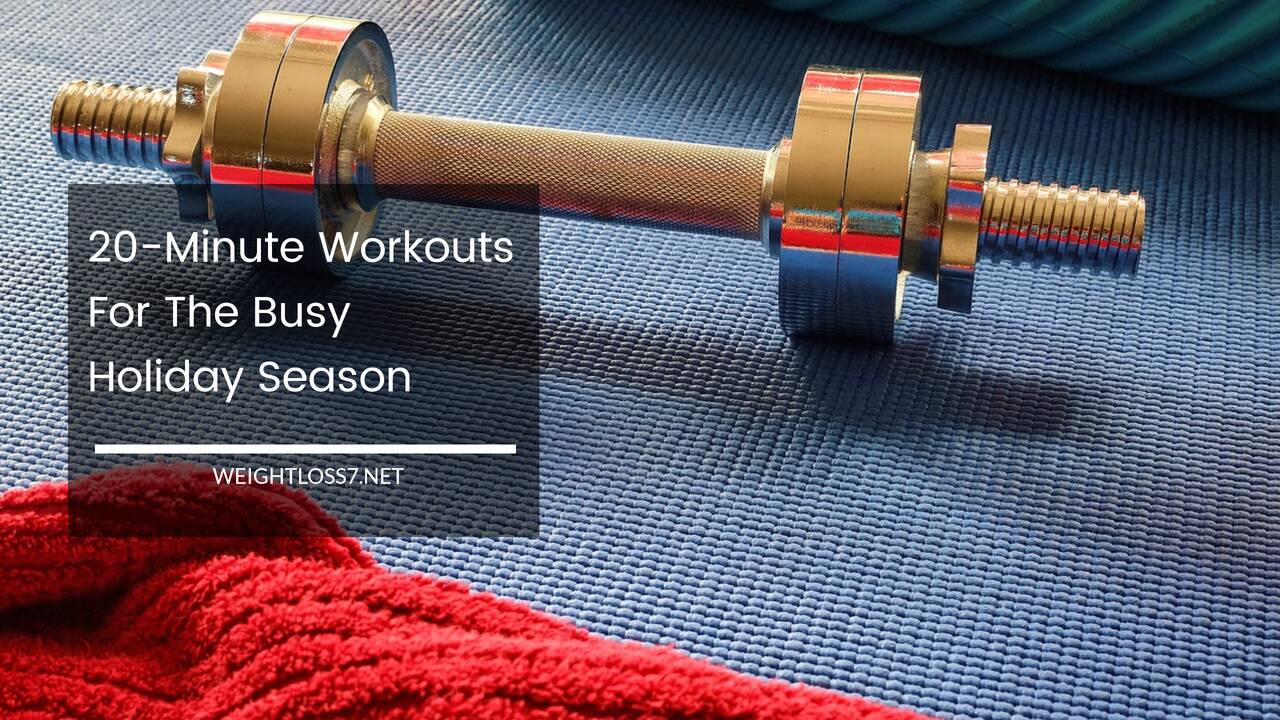How to Lose Cheek Fat: Effective Strategies for a Slimmer Face

How to Lose Cheek Fat
Cheek fat, often referred to as “chubby cheeks” or “baby fat,” can be a source of frustration for many individuals.
While genetics play a role in the distribution of fat in the face, there are various strategies you can employ to help reduce cheek fat and achieve a slimmer, more sculpted facial appearance.
In this comprehensive guide, we will explore proven methods to lose cheek fat and achieve your desired look.
Understanding Cheek Fat
Before delving into the strategies for losing cheek fat, it’s important to understand why it accumulates in the first place. Cheek fat can be attributed to several factors:
1. Genetics: Genetics play a significant role in determining where your body stores fat. Some individuals are predisposed to carry excess fat in their cheeks.
2. Age: As you age, your skin’s elasticity decreases, and collagen production declines. This can result in sagging skin and the appearance of fuller cheeks.
3. Diet and Lifestyle: Poor dietary choices, excessive alcohol consumption, smoking, and lack of exercise can contribute to the accumulation of fat in the face.
Strategies for Losing Cheek Fat
Now that we have a better understanding of what causes cheek fat, let’s explore effective strategies to reduce it.
1. Maintain a Healthy Diet
A balanced diet is fundamental to achieving any weight loss goal, including reducing cheek fat. Here are some dietary tips to help you get started:
- Reduce calorie intake: To lose fat, you must create a calorie deficit by consuming fewer calories than you burn. Calculate your daily caloric needs and aim for a moderate deficit.
- Eat nutrient-dense foods: Focus on whole grains, lean proteins, fruits, vegetables, and healthy fats. These foods provide essential nutrients while keeping calorie intake in check.
- Control portion sizes: Be mindful of portion sizes to avoid overeating. Use smaller plates and avoid second servings.
- Stay hydrated: Drinking enough water helps with overall weight loss and can reduce bloating, which can make your face appear rounder.
2. Incorporate Cardiovascular Exercise
Cardiovascular exercise is essential for burning calories and promoting overall fat loss. Aim for at least 150 minutes of moderate-intensity aerobic activity each week. Some effective cardio exercises include:
- Running or jogging
- Cycling
- Swimming
- Jumping rope
- Brisk walking
Consistent cardio workouts will help reduce overall body fat, which can lead to a reduction in cheek fat over time.
3. Add Strength Training
Incorporating strength training exercises into your fitness routine can help tone your facial muscles and enhance your overall appearance. While you can’t spot-reduce fat from specific areas of your face, a well-rounded strength training program can contribute to a more defined jawline and cheekbones.
- Try exercises like facial yoga or resistance training for facial muscles to help tighten and tone the skin on your face.
4. Monitor Your Sugar and Salt Intake
Excess sugar and sodium can contribute to water retention and facial bloating. Limit your consumption of sugary snacks, processed foods, and high-sodium items. Opt for whole foods and natural sweeteners like honey or maple syrup in moderation.
5. Get Adequate Sleep
Lack of sleep can lead to weight gain and fluid retention, which can affect the appearance of your face. Aim for 7-9 hours of quality sleep per night to support overall health and reduce facial puffiness.
6. Facial Massage and Exercises
Facial massages and exercises can help improve circulation, reduce tension, and promote a more sculpted look. Consider adding these techniques to your daily routine:
- Gently massage your cheeks and jawline using upward strokes to improve blood flow and lymphatic drainage.
- Try facial exercises like smiling widely, puffing out your cheeks, and holding for a few seconds, then releasing. Repeat these exercises several times a day.
7. Stay Consistent and Patient
Achieving noticeable results in cheek fat reduction may take time, and consistency is key. Keep in mind that genetics and individual variations play a role in how and where your body stores fat. Be patient and persistent in your efforts.
Final Remarks
Losing cheek fat and achieving a slimmer face involves a holistic approach that includes a healthy diet, regular exercise, and facial care practices.
While it may not be possible to completely spot-reduce fat from your face, following these strategies can contribute to a more sculpted and defined facial appearance over time.
Remember that individual results may vary, and consult with a healthcare professional or a certified trainer before starting any new diet or exercise regimen.
With dedication and patience, you can work toward your goal of a slimmer face and increased self-confidence.
Incorporating these strategies into your daily routine can help you on your journey to achieving a slimmer and more defined facial appearance.
Remember that consistency and patience are key, and consult with a healthcare professional or fitness expert if you have any concerns or questions.
By following these guidelines, you can work towards losing cheek fat and feeling more confident in your own skin.
Frequently Asked Questions (FAQ)
Q1: Can I spot-reduce cheek fat?
A1: Unfortunately, spot reduction, the idea of losing fat from a specific area of your body, including the cheeks, is not scientifically supported. To lose cheek fat, you need to focus on overall weight loss through a combination of diet, exercise, and lifestyle changes.
Q2: How long does it take to see results in cheek fat reduction?
A2: The timeline for seeing noticeable results varies from person to person. It may take several weeks to months of consistent effort through a balanced diet, exercise, and facial care practices to see a significant reduction in cheek fat. Patience and consistency are essential.
Q3: Are there any specific facial exercises that can help reduce cheek fat?
A3: Facial exercises like smiling widely, puffing out your cheeks, and gently massaging your face can help improve muscle tone and circulation, but they alone are unlikely to lead to significant cheek fat reduction. Combining these exercises with a holistic approach that includes diet and exercise is more effective.
Q4: Are there any risks associated with trying to lose cheek fat?
A4: When done in a healthy and balanced way, efforts to lose cheek fat should not pose any risks. However, extreme diets or excessive exercise can lead to nutritional deficiencies and other health issues. It’s crucial to consult with a healthcare professional or registered dietitian before making significant changes to your diet or exercise routine.
Q5: Can facial treatments like liposuction or fillers reduce cheek fat?
A5: Surgical procedures like liposuction and dermal fillers can be options for facial fat reduction, but they come with risks and should be discussed with a board-certified plastic surgeon. These procedures are more invasive and costly compared to natural methods, and the results may not be permanent.
Q6: Can genetics play a role in cheek fat?
A6: Yes, genetics can influence the distribution of fat in your face. Some individuals are genetically predisposed to store more fat in their cheeks. While you can’t change your genetics, you can still work towards a slimmer face by adopting a healthy lifestyle.
Q7: Are there any specific foods that can help reduce facial bloating?
A7: Foods with diuretic properties, such as cucumbers, watermelon, and celery, may help reduce facial bloating by promoting fluid balance. Reducing your intake of high-sodium foods can also help prevent water retention in the face.
Q8: Should I consult a healthcare professional before starting a cheek fat reduction plan?
A8: It’s a good idea to consult with a healthcare professional or registered dietitian before making significant changes to your diet or exercise routine, especially if you have underlying health conditions or specific concerns about losing cheek fat.
Q9: Can facial massage cause any adverse effects?
A9: When done gently and with care, facial massage is generally safe and can promote improved blood flow and relaxation. However, excessive or aggressive facial massage can potentially cause skin irritation, so it’s essential to be gentle and use proper techniques.
Q10: Can stress contribute to cheek fat accumulation?
A10: Chronic stress can lead to poor dietary choices and weight gain, which may contribute to fat accumulation in the cheeks. Practicing stress-reduction techniques like meditation, yoga, or deep breathing exercises can support your overall well-being and potentially aid in cheek fat reduction.
Remember that everyone’s body is different, and individual results may vary. It’s important to approach cheek fat reduction with patience and a commitment to a healthy and balanced lifestyle.
Consulting with a healthcare professional or fitness expert can provide personalized guidance tailored to your unique needs and goals.

















